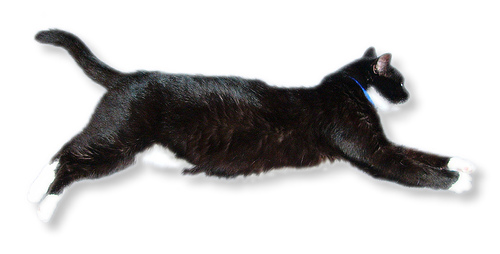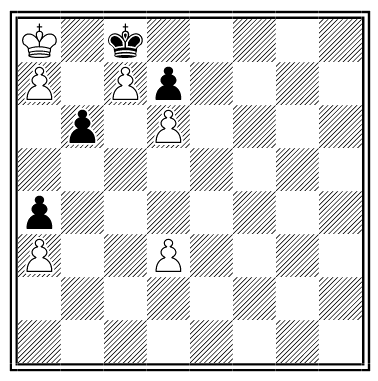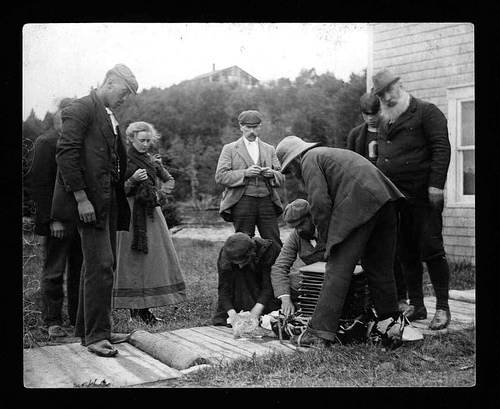
‘A fellow, a shepherd at Beverley, in Yorkshire, about eleven years ago, for a bet of five pounds, was produced, who was to devour a living cat. The one produced was a large black tom cat, which had not been fed for the purpose; but was chosen, as being the largest in that neighbourhood. The day appointed was the fair-day at Beverley. The parties met. The man produced was a raw-boned fellow, about forty. The cat was then given to him; on which he took hold of his four legs with one hand, and closing his mouth with the other, he killed him by biting his head to pieces immediately, and in less than a quarter of an hour, devoured every part of the cat, tail, legs, claws, bones, and every thing. The man who laid the wager gave the fellow two guineas for doing it, and the shepherd appeared perfectly satisfied with the reward.’
— The Cabinet of Curiosities, 1824




